

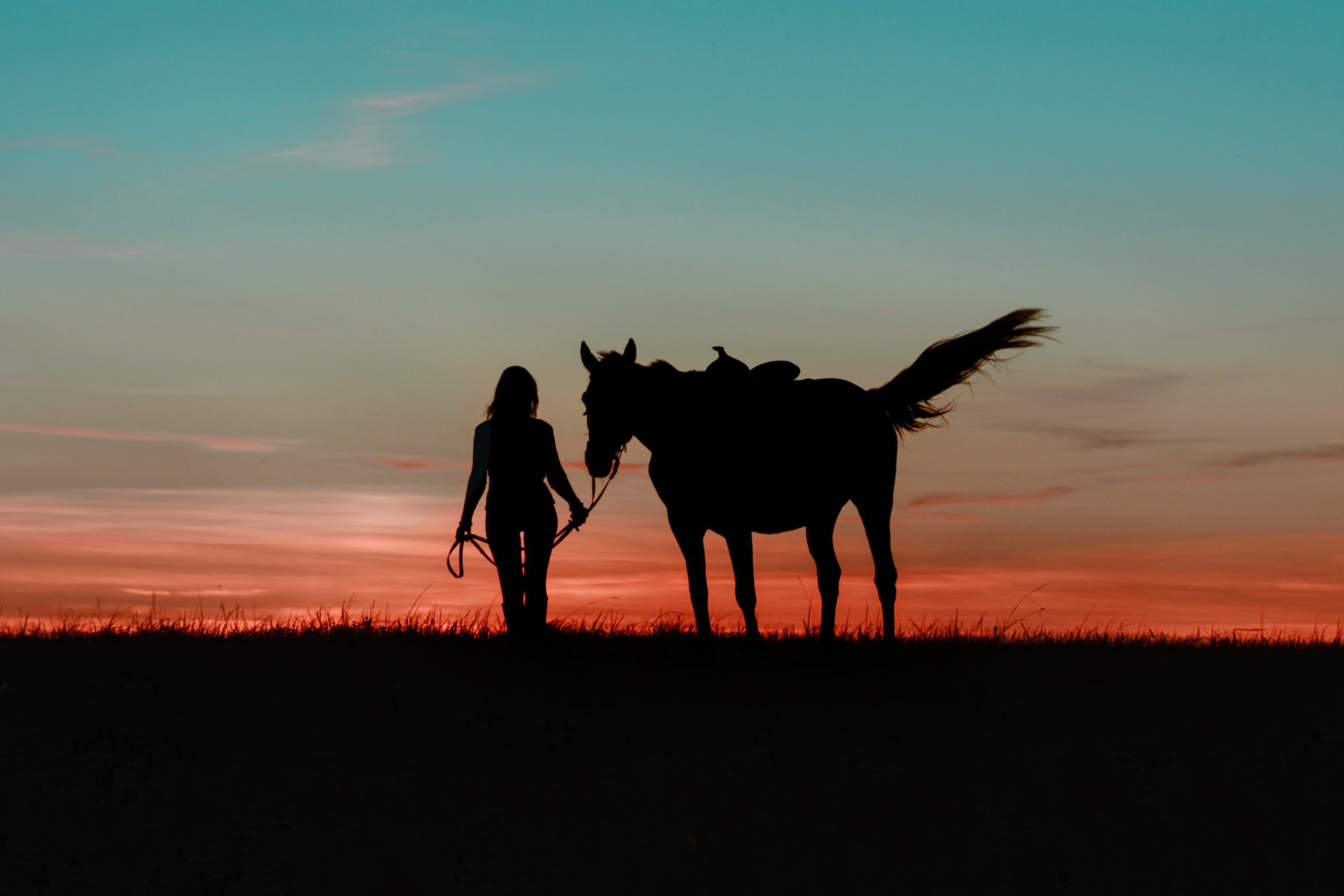
Ann Gauger: A Scientist’s Circuitous Journey to Faith
On this ID the Future, host Eric Anderson sits down with biologist and intelligent design proponent Ann Gauger to hear her story of how she got into the intelligent design movement and how the evidence for design has shaped her life. It begins with a lonely girl on a Kansas military base who at one point loses her Christian faith but also discovers the wonders of nature, and friendship, when she is given a horse and begins taking it for long rides in the countryside. Her intellectual journey takes her to MIT, the Scripps Institution of Oceanography, the University of Washington, and eventually into the Catholic church, where she explores becoming a nun until a conversation with echoes from the Sound of Music leads her in a different direction. Tune into hear the first part of Gauger’s moving story, and come back for the second half of her conversation with host Eric Anderson. Today’s episode is the first in an occasional series, Why It Matters, spotlighting leading intelligent design researchers and hearing from them about how they got into intelligent design, why they believe ID matters to our culture, and why it matters to them personally.
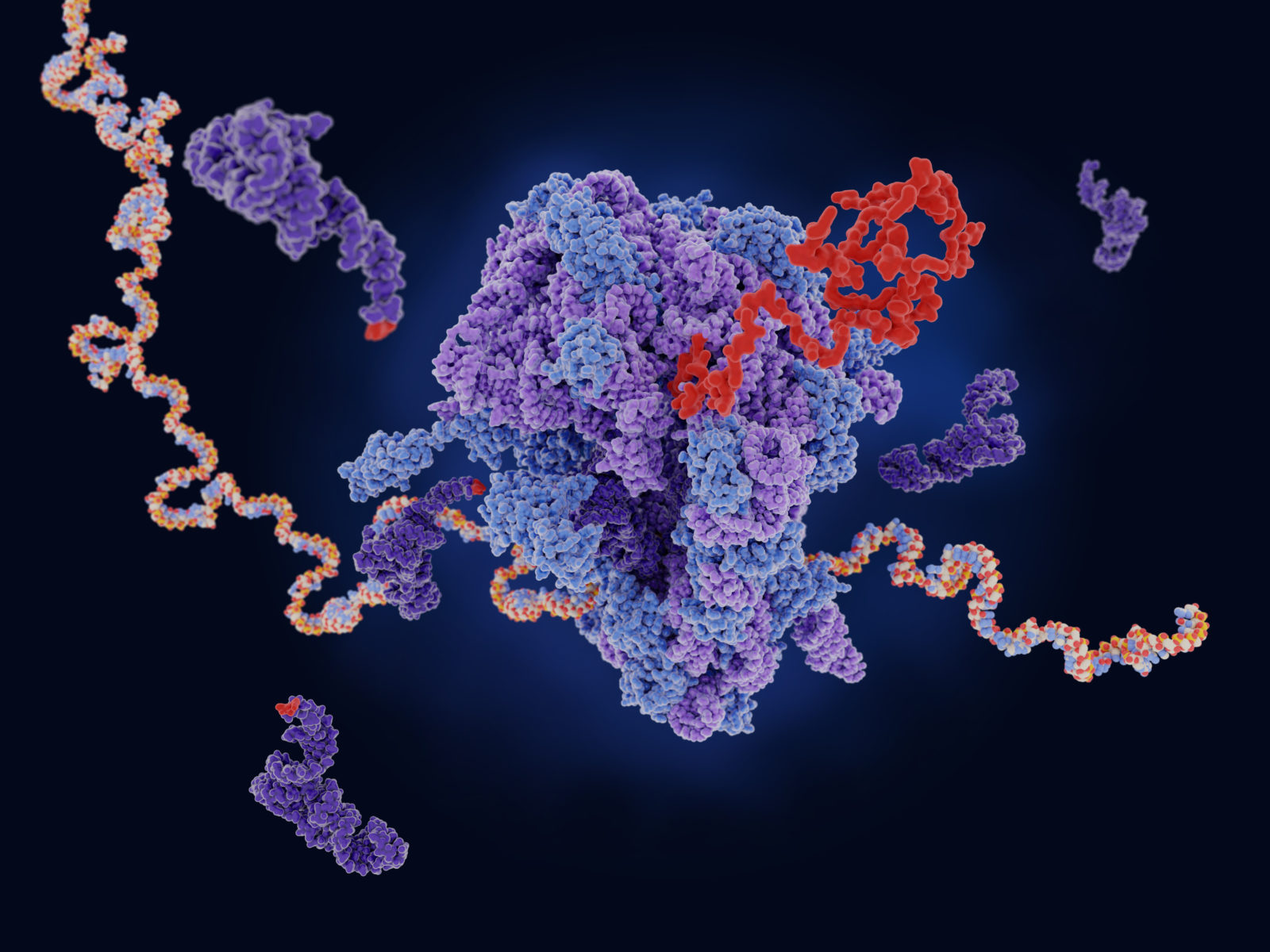
Orphan Proteins Spell Trouble for AlphaFold 2
On this ID the Future, philosopher of biology Paul Nelson further explores AlphaFold 2, a cutting edge computer program from Google’s DeepMind designed to rapidly suss out important secrets in the realm of proteins, indispensable molecular biological workhorses that come in thousands of different shapes and sizes. Nelson enthuses about AlphaFold 2 but also explains why he is convinced that AlphaFold’s creators have hit a series of immovable obstacles. The watchword here—orphans. Tune in to learn what these mischievous orphan proteins are about, and what they suggest for AlphaFold, evolution, and intelligent design.
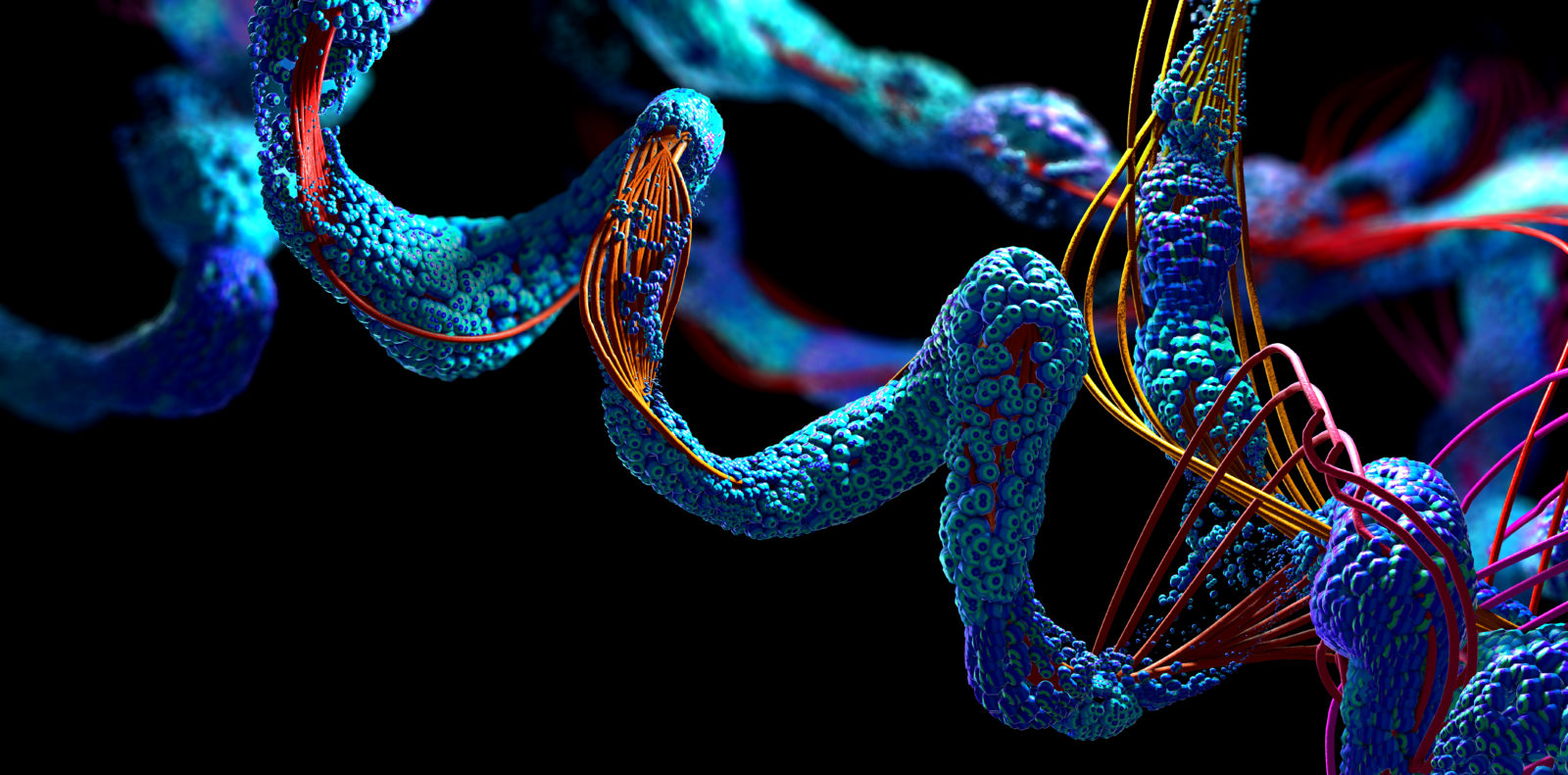
Powerful Protein Folding Algorithm AlphaFold Foiled by Singletons
Today’s ID the Future spotlights AlphaFold, an artificial intelligence program in the news for its impressive breakthroughs at predicting a protein’s 3D structure from its amino acid sequence. Philosopher of Biology Paul Nelson walks listeners through the importance of this “amazing breakthrough,” as he describes it in a recent Evolution News article; but don’t uncork the champagne bottles just yet. The reason, according to Nelson, is that while proteins, protein sequences, and protein folding promise to reveal much that is still mysterious in molecular biology, we now know that biological information involves far more than just an organism’s proteome—that is, far more than the full suite of proteins expressed by an organism. Nelson uses analogies to manmade machines and cognates among closely and distantly related human languages to shed light on just how much more sophisticated the biological information directing life is than any model narrowly fixated on DNA, the amino acids DNA codes for, and the protein formed from those amino acids. Nelson further explains that, as powerful as the AlphaFold algorithm is, it has not solved the protein-folding problem, if we take such a solution to mean “predicting the three-dimensional conformation of a protein strictly from its primary DNA sequence, ab initio.” The clearest evidence of this: the algorithm is utterly stymied by sequence “singletons.” What are these curious sequences, why do they baffle AlphaFold, and why do these singletons trouble some evolutionists? Tune in as Nelson and host Eric Anderson explore this problem at the leading edge of biological research.

An Origin-of-Life Poser: No Short Cut to Energy-Harnessing
On today’s ID the Future, Stairway to Life co-author Rob Stadler and host Eric Anderson delve deeper into Challenge to Origin of Life: Energy Harnessing, the latest video in the Long Story Short intelligent design video series. Could the first cell have been much simpler than any current cell, making it easier for it to emerge through blind natural forces on the early Earth? Stadler and Anderson surface one big problem with that idea: in experiments to make relatively simple cells even simpler, the cells inevitably become less robust and adaptable. These simpler cells must be coddled to survive. But the first cell on earth would have been anything but coddled. It would have had no source of glucose and been battered by all and sundry. (Plus, even these artificially simple cells are still extraordinarily sophisticated compared to human technology.) What about reports of a fungus near the Chernobyl nuclear accident that can feed off radiation? As Stadler notes, while this is an intriguing discovery, funguses are much more complex than anything being proposed as the first living cell, and the fungus undoubtedly possesses sophisticated energy-harnessing and processing machinery. The bottom line: any viable, self-reproducing cell, including the first one in the history of life, must have an energy-harnessing system already in place to survive, and such systems are necessarily enormously sophisticated. Stadler argues that we know enough about what natural forces can and cannot do to know that natural causes alone could not make this leap from non-life to first life. Another kind of cause was required. Tune in to learn more.

A New Flaw in the Miller-Urey Experiment, and a Few Old
On today’s ID the Future, biologist Jonathan Wells and host Eric Anderson discuss a recently discovered problem with the famous Miller-Urey experiment, long ballyhooed in biology textbooks as dramatic experimental evidence for the naturalistic origin of life. The newly uncovered problem involves the glassware used in the experiment. It is an interesting finding, but as Wells explains, it is far from the first problem discovered with the experiment, nor the most serious one. While biology textbooks often present the 1952 experiment by Stanley Miller and Harold Urey as a key icon of evolution, even those origin-of-life researchers who hope to one day to discover a credible naturalistic scenario for the origin of the first living cell concede that the experiment at the University of Chicago failed in crucial ways to mimic Earth’s early atmosphere, and fell short in multiple other ways. The various challenges, Wells explains, are each alone sufficient to elicit a healthy skepticism toward the whole prospect of a designer-free origin of the first living cell. For more in-depth analysis, check out Wells’s chapter in the 2020 revised and expanded The Mystery of Life’s Origin: The Continuing Controversy, along with the other chapters in the book.
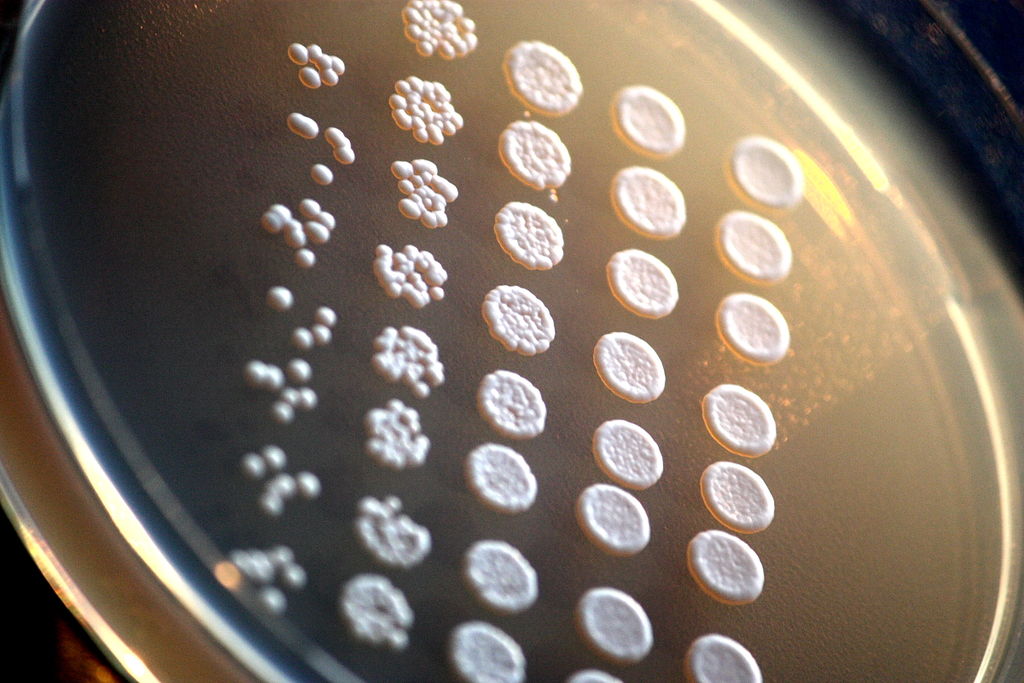
Two Recent Papers Buttress Behe’s Darwin Devolves Thesis
On today’s ID the Future Darwin Devolves author and biologist Michael Behe discusses two recent technical papers that the news media billed as dramatic evidence for evolution. As Behe explains in his conversation with host Eric Anderson, a careful look at the papers themselves shows that both cases involve devolution. That is, the biological forms in question did not evolve novel structures and information; instead they threw away things to achieve a niche advantage. In the first study, in the journal Nature Microbiology, the researchers found that in Africa, where “most rapid diagnostic tests (RDTs) for falciparum malaria recognize histidine-rich protein 2 antigen,” the malaria parasite has repeatedly evolved a way to sometimes elude detection, giving it a selective advantage, since this sneakier form of the parasite is less likely to be treated with anti-malaria drugs and eliminated. But what gets lost in the media hype is that the trick is managed by deleting histidine-rich protein 2 (pfhrp2) and 3 (pfhrp3) genes—devolution. A similar story unfolds in a Current Biology article focused on the yeast S. cerevisiae. Behe says the thinking used to be that, as an earlier and simpler evolutionary form, it was no wonder this yeast had fewer introns than later, more sophisticated organisms higher up the evolutionary tree. But as Behe underscores and as this recent paper argues, it looks instead like the yeast devolved, tossing off genetic information to achieve a niche advantage while sacrificing functionality outside the niche. But evolution’s grand tree-of-life story requires constructive evolution, not more and more cases of organisms tossing parts overboard. Instead, here we have two more examples strengthening Behe’s thesis that devolution dominates the biological scene, swamping by many orders of magnitude cases of genuine, complexity-building evolutionary mutations (if any such exist), rendering the prospect of substantive constructive evolution hopeless.

New Animated Video Dismantles Origin-of-Life Hype
Today’s ID the Future spotlights a new origin-of-life video showing that researchers aren’t anywhere close to creating life from non-life, despite the fact most Americans seem to believe otherwise. In the episode, host Eric Anderson interviews Stairway to Life co-author Rob Stadler, who helped create the new Long Story Short animated video. Stadler and Anderson explore how origin-of-life papers and popular media reports have misled the public, evidenced by a survey underscored by Rice University synthetic organic chemist James Tour. Then they discuss several daunting origin-of-life hurdles beyond the synthesis of key chemical building blocks. These are hurdles significant enough that each alone may doom the idea of life having once emerged from non-life spontaneously. Indeed, it is now a matter of record that the hurdles are so daunting that for several decades they have kept many brilliant and lavishly funded scientists from intelligently designing life from non-life in the lab. Thus it is hardly unreasonable to entertain the idea that the origin of the first life required not merely intelligent design, but an ingenious designing intelligence far beyond that of our smartest origin-of-life researchers.

The Role of Engineers in the Systems Biology Revolution
Today’s ID the Future spotlights systems biology and the role engineers can play in some leading-edge biology. According to guest Steve Laufmann, systems biology is taking the biological world by storm, an approach that treats biological systems as optimally or near-optimally engineered systems and, using that working assumption, seeks to better understand the system. Laufmann says this provides an opening for engineers to contribute, since they have a deep understanding of what it takes to make a complex system work, and what’s required to change one core aspect of an engineered system so that it continues to work with all of the other crucial parts of the system. Many biologists aren’t trained in this, Laufmann says, and most engineers aren’t trained in the details of biology. Laufmann argues that the way forward is to get engineers and biologists talking, train biologists in engineering principles, and train engineers in biology. Laufmann and host Eric Anderson also discuss a recent conference they helped organize, the Conference on Engineering in Living Systems (CELS). Near the end of their conversation, Anderson asks Laufmann to tease some of the research work coming out of the conference, and Laufmann points to one researcher’s work on the bacterial flagellum, and promises more to come.
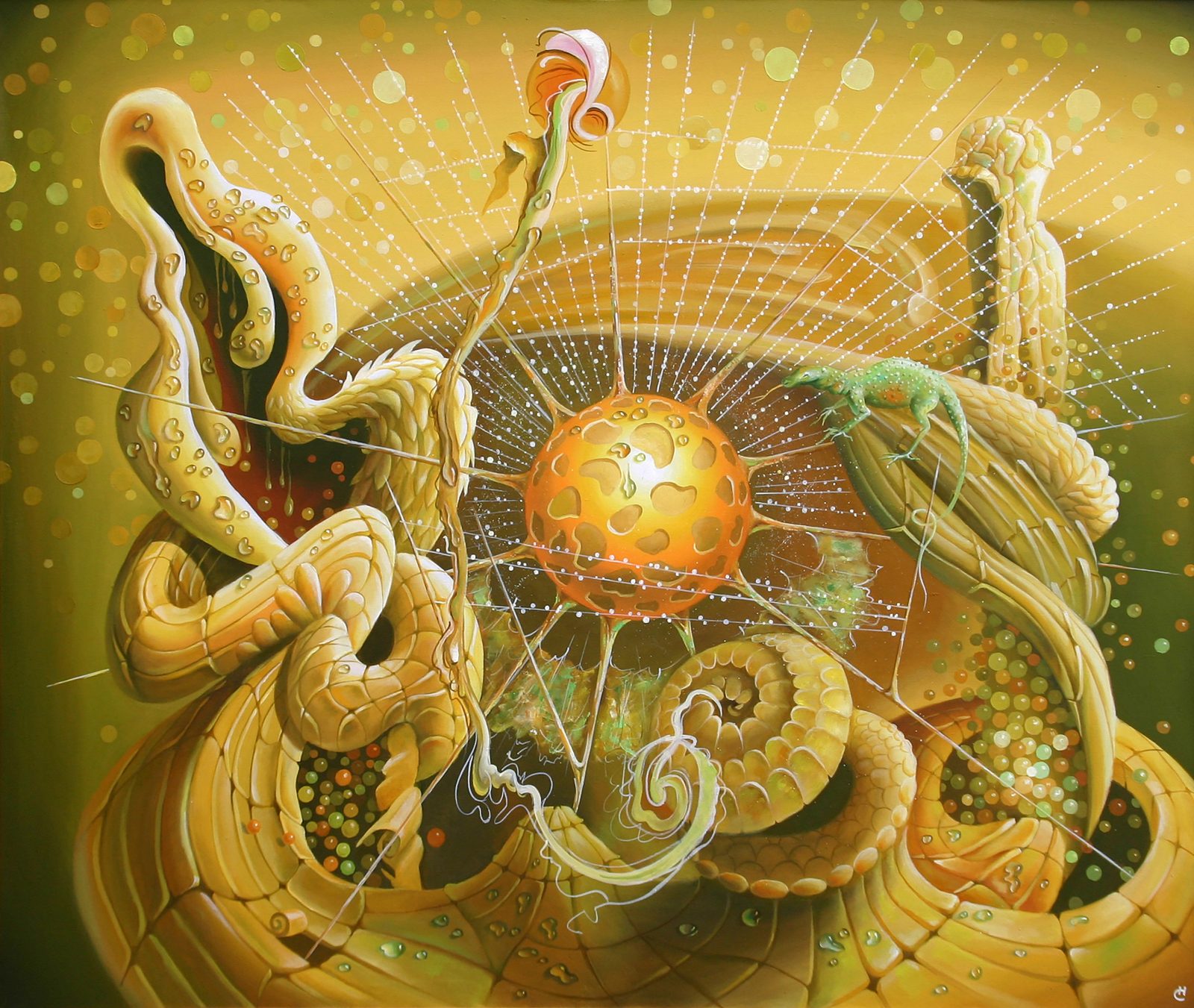
RNA World in a World of Hurt
On this ID the Future, biophysicist Cornelius Hunter and host Eric Anderson discuss the RNA World hypothesis, an explanation for how the first self-reproducing organism might have arisen via mindless chemical processes. Hunter and Anderson have each written on the topic, and together they unpack some of the many and growing problems with this RNA-first explanation for the origin of life. They also spotlight some recent admissions in mainstream scientific publications that it’s time to move on from the cherished but embattled RNA World. The conversation pivots off of a recent essay by Hunter at Evolution News, “RNA World: Repeated Downfalls, Repeated Resurrections.” For more on the challenges of creating the first self-reproducing biological entity, see Eric Anderson’s Chapter 3 of Evolution and Intelligent Design in a Nutshell.